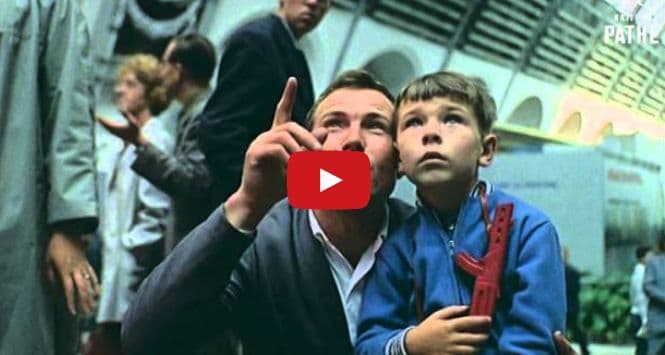The organization British Pathé, a creator of newsreels of historical events, digitized their archive of 82,000 documentary videos and released it on YouTube.
The 3,500 hours of newsreel span the period between 1896 and 1976. Unique shots capture key moments of history, stories dedicated to national and historical figures, interviews with stars, and developments in sports, style and culture. Many of the videos are previously unreleased.
Bolshoi Gorod selected 10 of the most interesting videos that capture Moscow during the Soviet years. The list is reproduced here with the commentary traslated to English.
1. Here is a never-before-released silent video of Lenin’s funeral, on January 23, 1924. There is an endless flow of people on Red Square with banners reading “Lenin’s cause will outlive the century,” which, in black and white footage, are somewhat reminiscent of banners traditionally used in religious processions.
2. In August 1942, at the height of the German offensive against Stalingrad, Winston Churchill pays an official visit to Moscow and meets with the Soviet Commander-in-Chief. Two rounds of negotiations took place between them, devoted mostly to opening a second front. Addressing the Soviet people with a solemn speech, the British prime minister promises “to continue the fight hand in hand like comrades and brothers.”
3. In January 1947, British Field Marshal Montgomery came on a visit to Moscow and met with Stalin. In the voice-over, a British broadcaster expresses the hope that this will be the beginning of a warming in Soviet-British relations. The Kremlin’s distinguished guest is given a uniform and overcoat.
4. Foreign reporting from the May Day Parade on Red Square, directed by the heavily-decorated Marshal Zhukov, (commander of the Soviet troops in Eastern Europe during WWII). The troops march first, then artillery cross square, then schoolgirls with white bows carry flowers to Khrushchev and other party leaders, then come the athletes, and finally Muscovites pour onto the square.
5. What were elections like under the Supreme Soviet of the Soviet Union? Like a holiday for Soviet people: donning their best clothes, they went to the polling centers with their families, and children were delighted when they were entrusted with dropping a ballot in the box. A portrait of Lenin surveys all this from the wall.
6. The first Moscow International Film Festival took place in August 1959. Delegations from 25 of the world’s countries took part. Foreign guests drink champagne in the Moscow Hotel, talk with Kremlin guards, and dance the Ukrainian Hopak and play guitar with Soviet Young Pioneers. It’s practically celebrity reporting.
7. Foreign diplomats are shown an exemplary collective farm, given little piglets to snuggle, and then treated to fresh milk and fruit.
8. The first of September in a typical Moscow school. Excited first-graders are ready for the traditional first day of school. They are dressed in uniforms and carrying bouquets. They hurry to their first class, stand at a celebratory assembly, and then attend their first class with their first teacher.
9. Britons bring a performance of Othello to Moscow – this is one of the most interesting videos, and clearly shows what life was like in Moscow in the 60s. The guests ride on the Moskva River, go to the GUM State Department Store facing Red Square (where they are amazed that Soviet cashiers use “the most ancient computers:” wooden abacuses), and stroll around Moscow’s exhibition center, VDNKh, or the Exhibition of Achievements of the People’s Economy. The reporter finds VDNKh’s attractions a pale imitation of European amusement parks. “This is a country that so often seems like yesterday, a country that sacrificed today for an ambitious tomorrow,” he concludes. Actors use automatic soda dispensers and telephone booths, view the Kremlin’s cathedrals (“If the Kremlin sounds frightening, it looks beautiful”), go to the circus, and finally, earn ovations at the Bolshoi Theater.
10. New British fashion is displayed right on the streets of Moscow.
The above text was written by Vera Kichanova and originally appeared in Russian on the Bolshoi Gorod website. This has been translated for the first time into English by SRAS Translate Abroad intern Sophia Rehm. In certain places, information has been added or links to outside information inserted to try to make the text more useful to those readers who may not know the details of the history described.
You Might Also Like

St. Petersburg: Russia’s Vortex of Change
A curious calm presides over the city of St. Petersburg. It is not the calm of a tired city: it’s the deceptive calm of a…
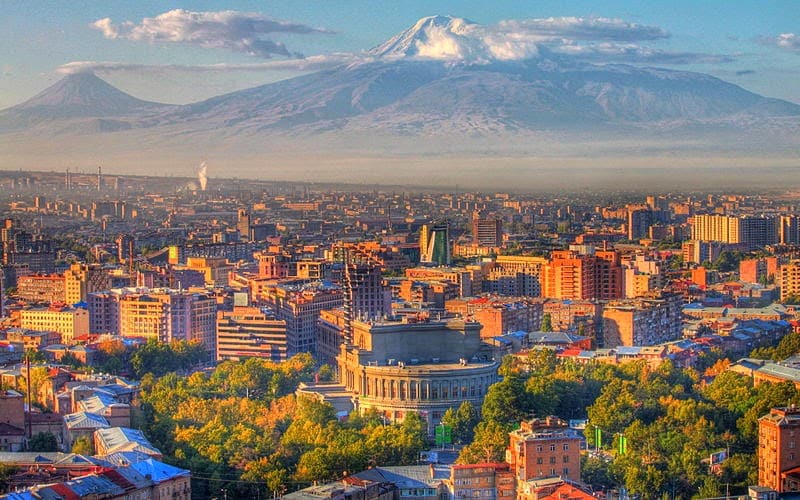
Armenia: A Global People
The Modern Republic of Armenia lies in the turbulent south Caucuses. Although the Armenians as a people have existed for thousands of years, they have…
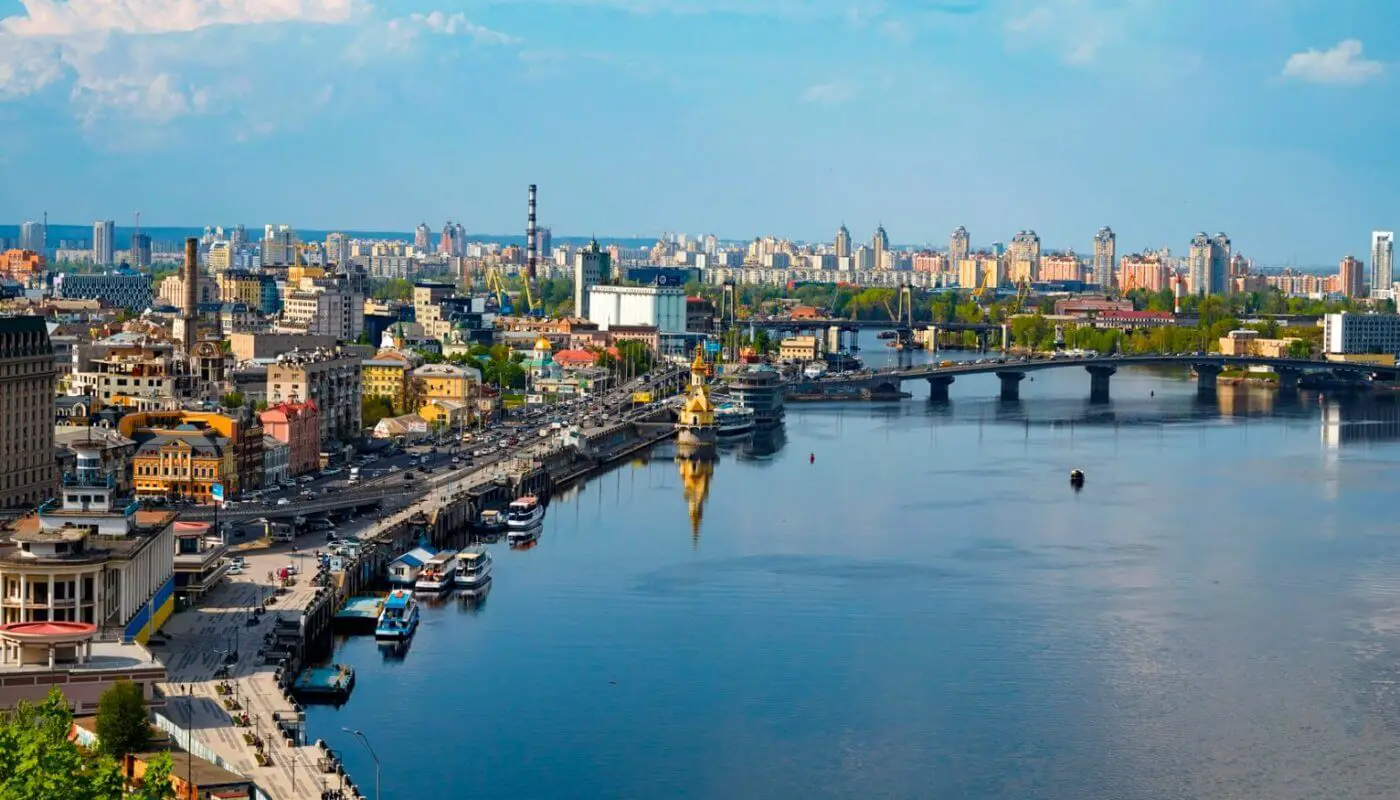
Kiev: At the Center of a Divided Country
The ancient city of Kiev continues to thrive as the most populous city of Ukraine. Much like other post-Soviet capitals, Kiev’s future looks bright, despite…
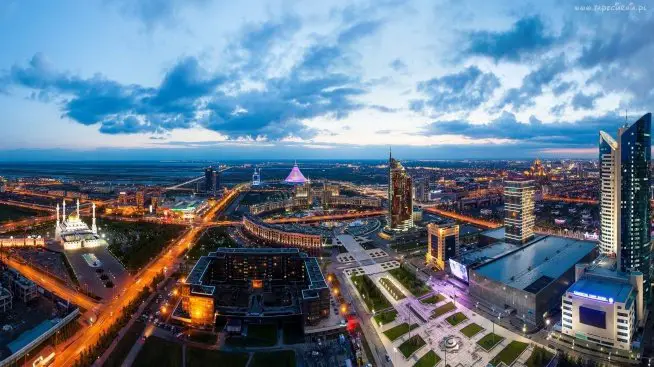
Kazakhstan’s Capitals: Two Cities of History and Modern Business
I. Almaty – The Old Capital Almaty is a beautiful city perched among the mountains in Southern Kazakhstan. Its name comes from the Kazakh word “alma” which…
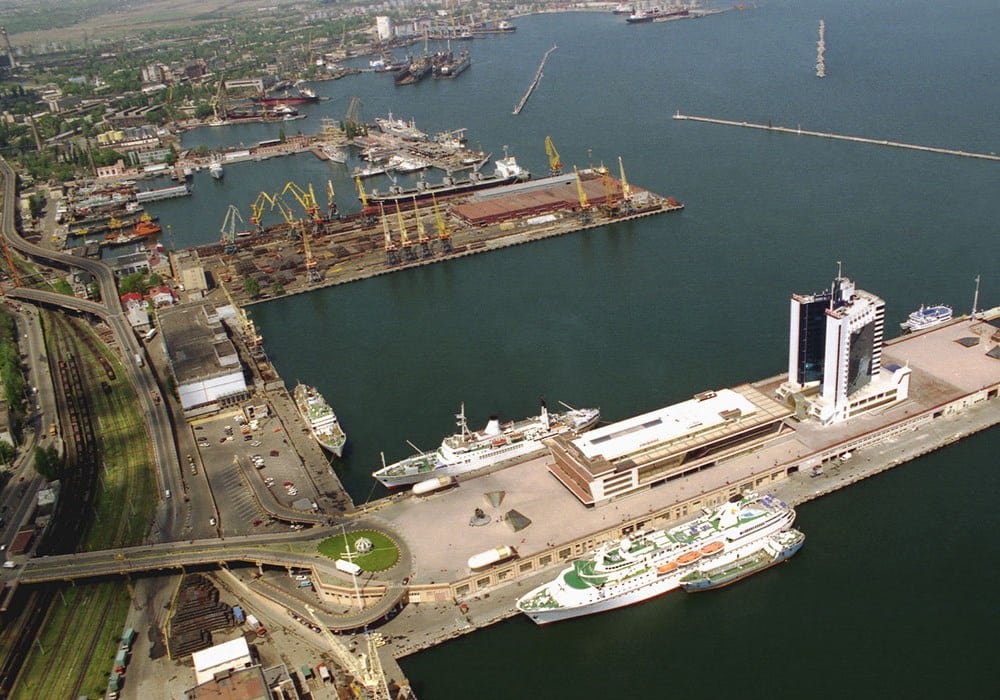
Odessa: A City Born Again and Again
As the third largest city in Ukraine, Odessa has a rich and eclectic history. Located on the Black Sea, about 450 km south of Kiev,…


